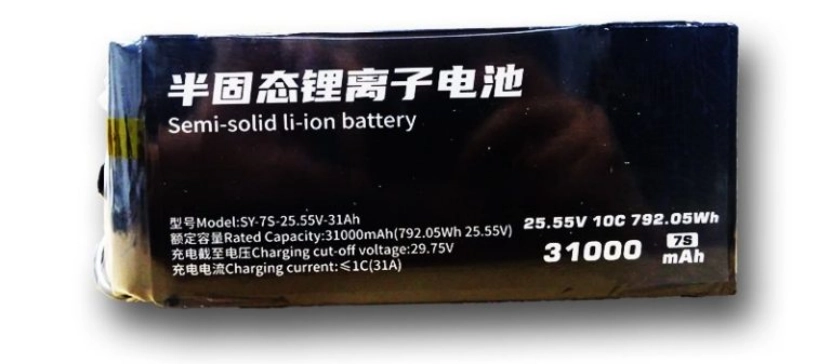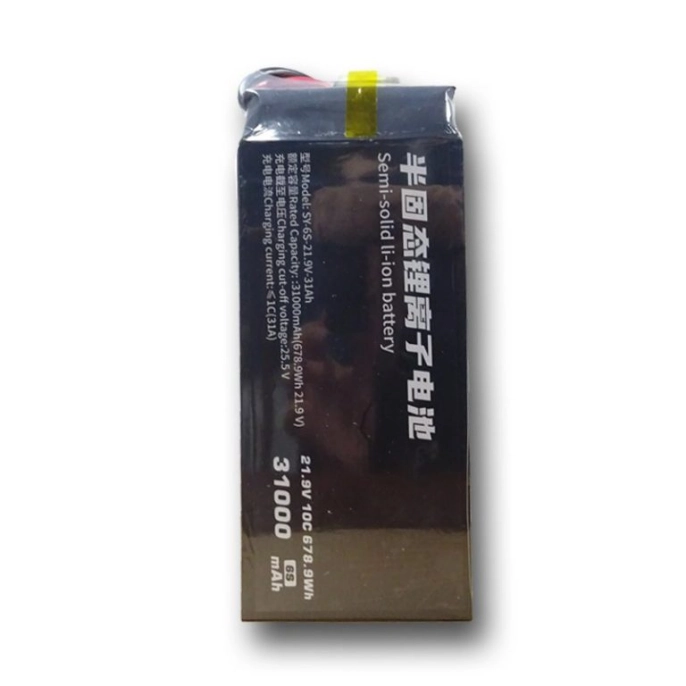Understanding Eco-Friendly Battery Technology
What Defines an Eco-Friendly Battery?
Eco-friendly batteries reduce harm. They protect the environment. Their lifecycle is sustainable. Production uses green methods. Disposal creates less waste. Materials are renewable. Energy efficiency is high. Emissions are low. Recyclability is a focus. Toxic substances are avoided.
These batteries support nature. They meet global needs. Sustainability drives their design.
The Importance of Sustainability in Battery Development
Energy demand grows fast. Green solutions are vital. Batteries power electric vehicles. They store renewable energy. Portable devices need them too. But traditional batteries harm ecosystems. Mining is resource-heavy. Waste is hazardous. Sustainable batteries fix this. They last longer. Materials are safer. Environmental impact shrinks.
Industries benefit from green tech. Costs drop over time. The planet gains health.
Types of Battery Technologies and Their Environmental Impact
Lithium-Ion Batteries: Advantages and Challenges
Lithium-ion batteries are widespread. They store energy well. Cycle life is long. Smartphones use them. Electric cars rely on them. Models like SY-6S-21.6V-39Ah hit 306Wh/kg. They offer 1000 cycles. But challenges exist. Lithium and cobalt are scarce. Mining damages land. Improper disposal pollutes. Toxins can leak.
Lithium-ion powers progress. Yet sustainability lags. Green alternatives are needed.
Solid-State Batteries: A Safer and Greener Alternative
Solid-state batteries innovate. They use solid electrolytes. Liquids are gone. Safety improves greatly. Leaks don’t happen. Fires are rare. Energy density rises. Materials are less harmful. They’re a green choice. Future applications await.
Solid-state leads eco-tech. Potential is vast. Industries eye its promise.
Alkaline Batteries: Are They Truly Sustainable?
Alkaline batteries are common. Households use them daily. They’re cheap and available. Mercury is removed now. But waste is a problem. Most aren’t recycled. Landfills grow larger. Single-use design hurts sustainability. Rechargeable options are better.
Alkaline is convenient. Yet green goals fall short. Recycling must improve.
Emerging Technologies in Eco-Friendly Batteries
New batteries spark hope. Sodium-ion uses abundant sodium. Lithium is avoided. Costs drop low. Bio-based batteries use organics. Lignin or quinones power them. They’re biodegradable. Performance is rising. Environmental harm shrinks.
Emerging tech reshapes energy. Sustainability drives innovation. The future looks green.
Solid-State Lithium-Ion Batteries: A Game Changer in Eco-Friendly Energy Storage
Key Features of Solid-State Lithium-Ion Batteries
Solid-state lithium-ion batteries excel. They’re safe and strong. Liquid electrolytes are replaced. Solids eliminate leaks. Combustion risks vanish. Energy density is high. Performance beats standards. Taixing Shengya Electronic Technology Co., Ltd. leads here. Their cells hit 270Wh/kg to 340Wh/kg. Innovation shines bright.
These batteries redefine storage. Safety and power merge. Industries take notice.
Environmental Benefits of Solid-State Lithium-Ion Technology
Eco-friendly design stands out. Lifespans are longer. Replacements are rare. Resources are saved. Recyclable parts are used. Waste is reduced. Material efficiency is high. Environmental impact drops.
Solid-state supports green goals. Durability saves nature. Sustainability is enhanced.
Applications of Solid-State Lithium-Ion Batteries in Modern Industries
Versatility drives adoption. Key uses include:
- Electric Vehicles (EVs): Range grows longer. Safety is high.
- Renewable Energy Storage: Solar and wind store well. Capacity is large.
- Consumer Electronics: Smartphones gain power. Wearables stay light.
- Drones: Shengya Electronics’ packs boost endurance. Flights last longer.
Industries embrace solid-state. Performance meets needs. Green tech thrives.
Innovations Driving the Future of Eco-Friendly Battery Technology
Advances in Recycling and Reusability of Battery Materials
Recycling transforms batteries. Lithium is recovered. Cobalt and nickel are reused. Mining is reduced. Hydrometallurgical methods excel. Pyrometallurgical processes improve too. Recovery rates climb high. Waste shrinks small. Modular designs help. Batteries are disassembled easily. EVs repurpose packs for storage.
Recycling saves resources. Landfills stay light. Sustainability grows stronger.
Role of Nanotechnology in Enhancing Battery Efficiency and Sustainability
Nanotechnology changes batteries. Electrodes gain surface area. Ions move faster. Storage improves greatly. Stability is enhanced. Solid-state benefits most. Nanostructured electrolytes conduct well. Safety stays high. Taixing Shengya’s cells show this. They hit 270Wh/kg to 340Wh/kg. Efficiency meets green goals.
Nanotech drives progress. Batteries perform better. The planet is protected.
The Potential of Bio-Based and Organic Batteries
Bio-based batteries are new. Organic compounds power them. Lignin or quinones are used. Metals are avoided. They’re biodegradable. Redox polymers store energy. Cycle life is long. Electrolytes use cellulose. They’re safe and non-toxic. Costs could fall soon.
Organic tech is promising. Renewables lead the way. Green energy rises.
Choosing the Right Eco-Friendly Battery for Your Needs
Factors to Consider When Selecting Sustainable Battery Solutions
Choosing green batteries takes thought. Key factors guide decisions:
- Energy Density: High density suits compact needs. SY-6S-21.6V-39Ah hits 306Wh/kg.
- Cycle Life: Long life cuts waste. Solid-state offers 1000 cycles.
- Safety Features: Avoid leaks or fires. Solid-state excels here.
- Recyclability: Pick recyclable designs. Material recovery matters.
- Application Needs: Match voltage and weight. Uses vary widely.
These ensure green choices. Needs shape decisions. Sustainability is key.
Customizable Options in Solid-State Lithium-Ion Batteries for Specific Applications
Customization meets demands. Solid-state offers flexibility:
- Electric Vehicles (EVs): SY-12S-44.4V-22Ah boosts range. Voltage is 3.7V.
- Drones: Shengya Electronics’ packs lift endurance. Weight is low.
- Consumer Electronics: Compact cells power phones. Wearables stay sleek.
- Renewable Energy: High-capacity models store solar. Efficiency is high.
Custom options align with goals. Green tech adapts. Performance stays strong.
Frequently Asked Questions
What makes a battery eco-friendly?
Green batteries reduce harm. They use sustainable materials. Lifespans are long. Waste is minimal.
How does nanotechnology improve sustainability?
Nanotech boosts storage. It stabilizes reactions. Efficiency rises high.
Are bio-based batteries viable?
They’re emerging fast. Renewables make them promising. Costs will drop.
What factors guide battery choice?
Consider density and life. Safety and recyclability matter. Match application needs.
Explore innovative battery technologies tailored for diverse applications by contacting Taixing Shengya Electronic Technology Co., Ltd., a leader in advanced eco-friendly solutions since 2017.






